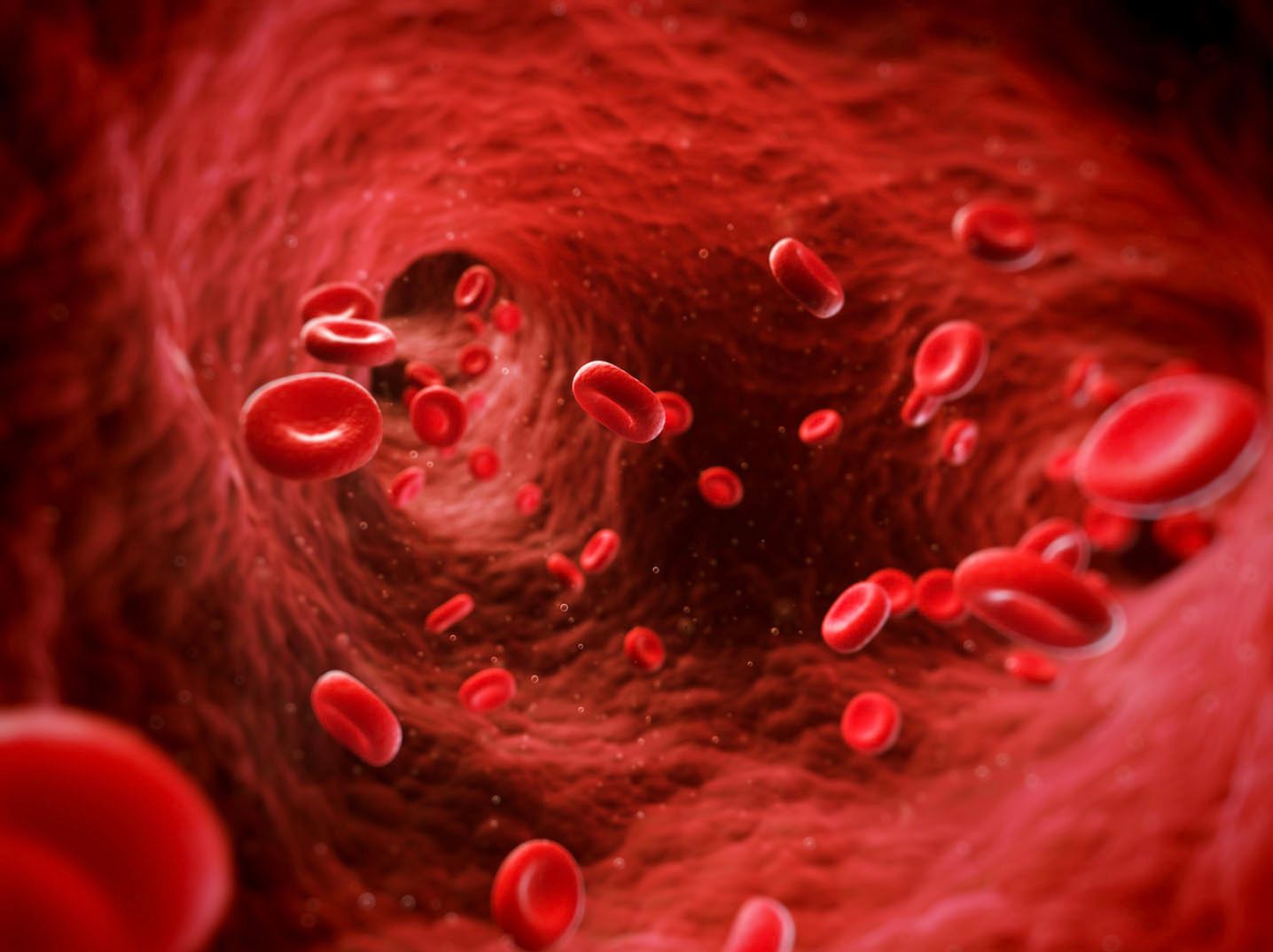Bortezomib Consolidation or Maintenance Extends Survival With R-CHOP in MCL
The addition of bortezomib consolidation therapy or bortezomib maintenance to the immunochemotherapy regimen rituximab, cyclophosphamide, doxorubicin, vincristine, prednisone improved progression-free survival in patients with mantle cell lymphoma in the post-transplant setting, according to a comparative analysis, CALGB/Alliance 50403 trial.

The addition of bortezomib (Velcade) consolidation therapy or bortezomib maintenance to the immunochemotherapy regimen rituximab (Rituxan), cyclophosphamide, doxorubicin, vincristine, prednisone (R-CHOP) improved progression-free survival (PFS) in patients with mantle cell lymphoma (MCL) in the post-transplant setting, according to a comparative analysis, CALGB/Alliance 50403 trial (NCT00310037).
First, the phase 2 CALGB/Alliance 59909 trial (NCT00020943) evaluated R-CHOP and peripheral stem cell transplant in patients with MCL and achieved a 5-year median PFS, but patients later experienced disease recurrence. This recurrence issue led to the phase 2 CALGB/Alliance 50403 trial, which added either bortezomib consolidation therapy or bortezomib maintenance to R-CHOP and assessed PFS as the primary end point, and overall survival (OS), the number of patients with a complete response (CR), and the number of patients with grade 3 to 5 adverse events (AEs). One-hundred fifty patients were enrolled in the study, and results from these patients were compared to those observed in CALGB/Alliance 59909 trial.
Of the patients enrolled to the CALGB/Alliance 50403 trial, 147 received the study and were also included in the safety and outcomes analyses. The median age for the cohort was 59 years (range, 29-69), and they were predominantly male (78%). According to baseline screening, 815 of patients had bone marrow involvement, 85% had stage IV disease, 52% showed low Mantle Cell Lymphoma Prognostic Index (MIPI) risk, 31% had intermediate disease, and 17% had high-risk disease. There was a subgroup of 15 patients in the study who had blastoid histology and Ki67 of ≥30%. Per the study protocol, of the 80% of patients who received autologous stem cell transplant, 68% of patients were randomized to received bortezomib after transplant. A total of 50 patients received bortezomib consolidation therapy and 52 received bortezomib maintenance therapy.
Median follow-up in the trial was 7.1 years (range, 0.2-11.0 years). The addition of bortezomib led to a median PFS of 7.1 years from study registration (95% CI, 4.4-9.1). The median OS was 9.9 years (95% CI, 8.5-not reached [NR]). At 8 years, the median PFS rate was 43.6% (95% CI, 35.6%-53.3%), and the median OS rate was 60.0% (95% CI, 52.2%-68.9%).
The 8-year PFS rate was also assessed by MIPI and was 52.0% (95% CI, 41.4-66.0) among low-risk patients, 37.5 (95% CI, 25.3-55.4%) among intermediate-risk patients, and 28.2% (95% CI, 13.7-57.9%) for high-risk patients.
Minor efficacy differences were observed between patients who received bortezomib consolidation treatment and those who received bortezomib maintenance. The median PFS among the consolidation group was 8.2 years (95% CI, 6.6-not assessed) at a median follow-up of 8.3 years. The median OS with consolidation therapy was 8.9 years (95% CI, 7.2-not evaluable). The best response observed in the arm was a CR or unconfirmed CR (Cru), which occurred in 78% of patients. Twenty percent of patients also achieved a partial response (PR).
Among patients who received maintenance therapy instead of consolidation therapy, the median PFS was NR after a median follow-up of 8.5 years (95% CI, 8.5-NE). Median OS was also NR with maintenance therapy (95% CI, NE-NE). Best responses of CR/Cru were also observed with maintenance therapy in 78% of patients, but a slightly lower percentage of patients (17%) achieved a PR.
According to a landmark analysis, the median PFS benefit was 8.5 years with the addition of bortezomib (HR, 0.54; 95% CI, 0.35-0.86; log rank P = .0077). In comparison to the 5-year benefit observed in the CALGB 59909 trial, bortezomib extends PFS in patients with MCL, despite MIPI risk. In addition, the OS benefit with added bortezomib consolidation or maintenance therapy was better than that observed in CALGB 59909 (HR, 0.57; 95% CI, 0.33-0.98; log rank P = .041).
“These studies differed only in the addition of post-transplant bortezomib and the results suggest benefit from the addition of this agent as post-transplant therapy in each of the 2 arms. The observation that median PFS landmarked from the time of transplant for patients on 50403 (8.5 years) was significantly better than that observed for those on 59909 (5 years) and that the CR rate improved substantially in patients while receiving bortezomib provide additional support for this conclusion,” wrote the study author led by Lawrence M. Kaplan, MD.
The safety analysis showed that 42% of patients who received bortezomib consolidation treatment and 31% of those who received maintenance treatment encountered grade 4 hematologic AEs. The majority of the AEs were grades 2 or 3. The most common grade 3 or higher hematologic AEs in the consolidation and maintenance groups were thrombocytopenia (32% vs.17%) peripheral sensory neuropathy (44 vs. 25%), and fatigue (40% vs. 31%), respectively. Overall, 28% of the consolidation group and 13% of the maintenance arm discontinued treatment as a result of AEs. Kaplan et al concluded that the toxicities did not surpass the upper limit defined in the study protocol.
Reference:
Kaplan LD, Maurer MJ, Stock W, et al. Bortezomib consolidation or maintenance following immunochemotherapy and autologous stem cell transplantation for mantle cell lymphoma: calgb/alliance 50403. Am J Hematol. 2020;95(6):583-593. doi: 10.1002/ajh.25783.